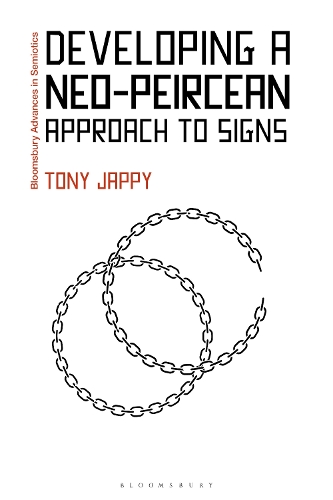
Developing a Neo-Peircean Approach to Signs
(Hardback)
Available Formats
Publishing Details
Developing a Neo-Peircean Approach to Signs
By (Author) Tony Jappy
Bloomsbury Publishing PLC
Bloomsbury Academic
25th January 2024
United Kingdom
Classifications
Professional and Scholarly
Non Fiction
Semiotics / semiology
Communication studies
Cultural and media studies
302.2223
Physical Properties
Hardback
216
Width 156mm, Height 234mm
Description
This book takes up the most important of Charles Sanders Peirces undeveloped semiotic concepts and highlights their theoretical interest for a general semiotics. Peirces career as a logician spanned almost half a century, during which time he produced several increasingly complex sign systems. The best-known, from 1903, included a signifying process involving sign, object and interpretant, the universally known icon-index-symbol division and, finally, a system of 10 distinct classes of signs. Peirce subsequently expanded this signifying process to include 2 objects, the sign and 3 interpretants; however, in the 5 years between 1903 and his final systems of 1908, he introduced a number of highly innovative semiotic concepts which he never developed. Among these concepts is hypoiconicity, which comprises 3 levels of isomorphism holding between sign and object and offers an interesting alternative to the traditional literal-figurative distinction in the analysis of verbal and non-verbal signs, in spite of the mutations the subdivisions of the icon subsequently underwent. Another is semiosis, which Peirce introduced and defined in 1907 but rarely illustrated. This is shown to be a far more complex signifying process than the well-known three-correlate definition of 1903. Exploring the changing theoretical background to the introduction of these new concepts, this book identifies and explains these developments.
Author Bio
Tony Jappy is Honorary Professor of English Linguistics and Semiotics at the University of Perpignan-Via Domitia, France.
